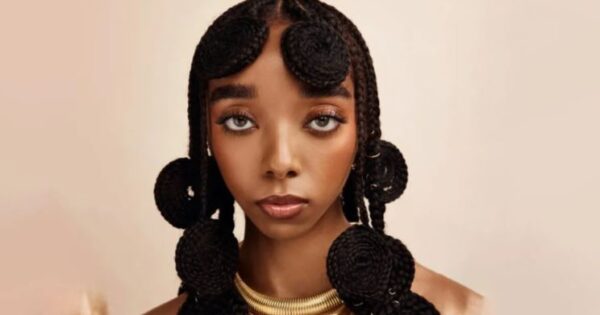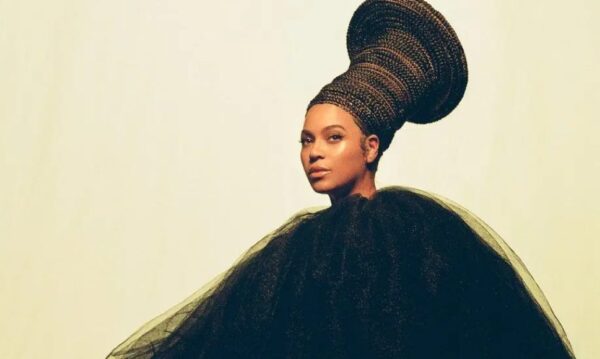Lifestyle
7 old African hairstyles that are coming back in vogue

African hairstyles have always been a form of expression, carrying significant cultural heritage and artistry.
Recently, there’s been a renaissance of traditional African hairstyles, as they make a stylish comeback on the fashion scene like the swirl braids.
These hairstyles are not just about making a fashion statement; they’re a celebration of cultural identity and history.
7 traditional African hairstyles that are back in vogue
These hairstyles were not only a means of personal expression but also had cultural and social implications. Back then, these hairstyles could indicate a person’s tribe, social status, marital status, and even their profession or role within the community. The styles you see coming back into vogue today are modern adaptations of these traditional hairstyles, reimagined to fit contemporary fashion while still honouring their rich cultural heritage.
1. Cornrows
Cornrows, intricate braids that are plaited close to the scalp, have been a staple hairstyle in Africa for centuries. Originally used to signify social status, age, and ethnicity, cornrows are now celebrated for their versatility and elegance. Today, they’re seen on runways and streets alike, often adorned with beads or metallic thread, blending tradition with contemporary fashion.
2. Bantu knots
Bantu knots, originating from the Bantu people of southern Africa, are small, coiled buns spaced out across the head. This hairstyle was traditionally a symbol of wealth and status. In the modern era, Bantu knots have been embraced for their bold and edgy look, making a statement on red carpets and urban fashion scenes. They’re not only stylish but also a great way to protect the hair.
3. Afro
The Afro, a style that celebrates the natural texture of African hair, became a symbol of pride and empowerment during the 1960s and 70s. It’s making a big comeback as more people embrace natural beauty standards. The modern Afro is all about versatility, often seen in various sizes and shapes, sometimes accessorised with bands or flowers, embodying a blend of retro cool and contemporary chic.
4. Threaded hairstyles
Hair threading, a traditional method of styling hair in many African cultures, involves wrapping thread around the hair to create elongated shapes. This technique, which protects and stretches the hair without heat, is gaining popularity for its artistic and striking appearance. Modern iterations include colourful threads, adding a playful element to this ancient practice.
5. Fulani braids
Fulani braids, originating from the Fulani people of West Africa, are characterised by braids that run along the scalp with unique patterns, often decorated with beads, cowries, and metal rings. This distinctive style is celebrated for its beauty and intricate craftsmanship. As it resurfaces in the fashion world, Fulani braids are a testament to the enduring allure of African cultural heritage.
6. Yarn braids
Yarn braids, though not as old as other hairstyles, involve braiding synthetic yarn into the hair. This method comes from a more recent adaptation of hair threading practices across Africa, where instead of yarn, women would use thread or strips of cloth to wrap around their hair to keep it stretched and protected.
7. Dreadlocks
Dreadlocks are rope-like strands of hair formed by matting or braiding hair. While the style has been worn by various groups in history, it’s notably deep-rooted in the Rastafarian movement originating from Jamaica. Dreadlocks can be traced back to ancient civilisations, with evidence of this hairstyle seen in Indian sages and ascetics, as well as within ancient Egyptian artefacts. In Africa, the Maasai warriors of Kenya and Tanzania are known for their long, thin, red dreadlocks, dyed with natural earth pigments.







